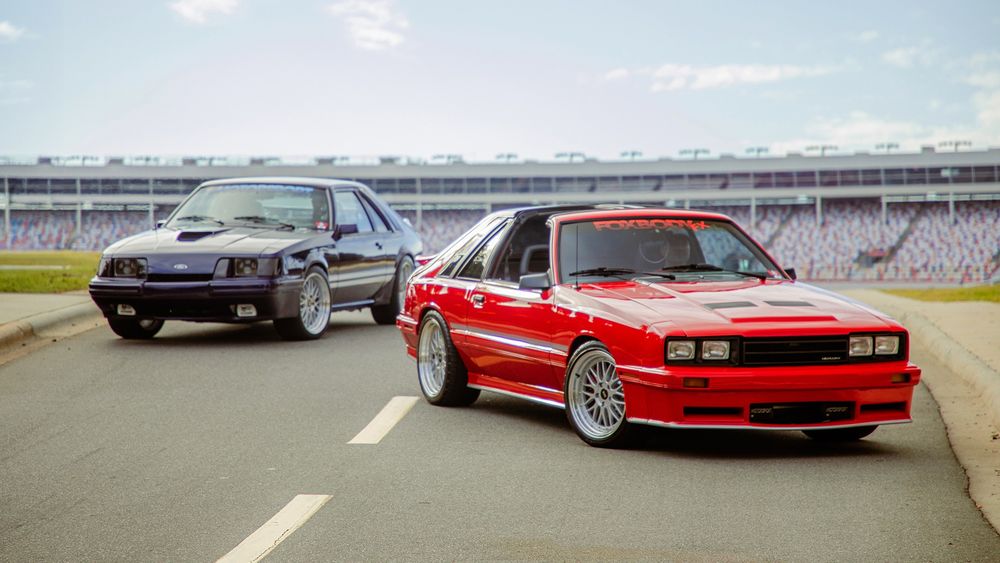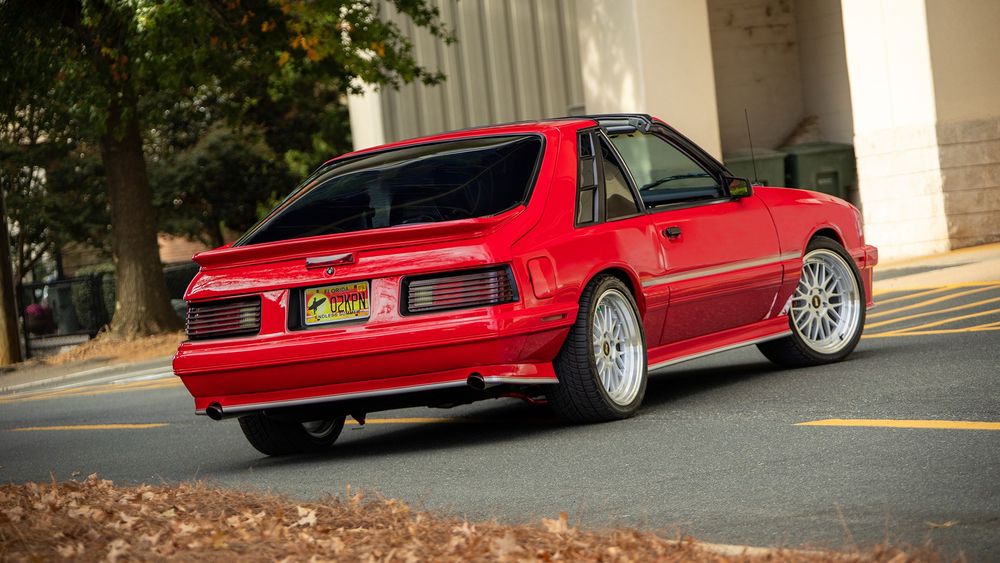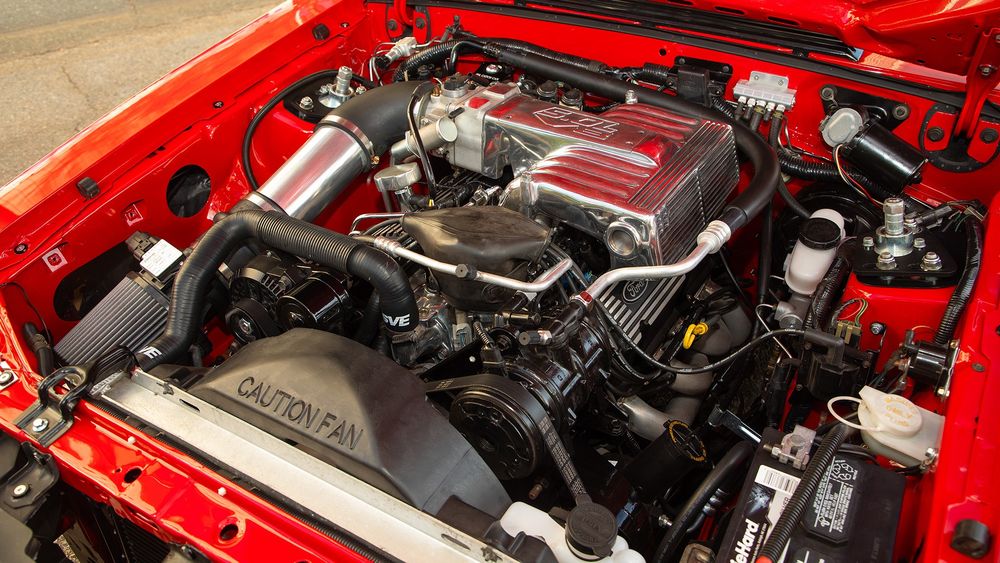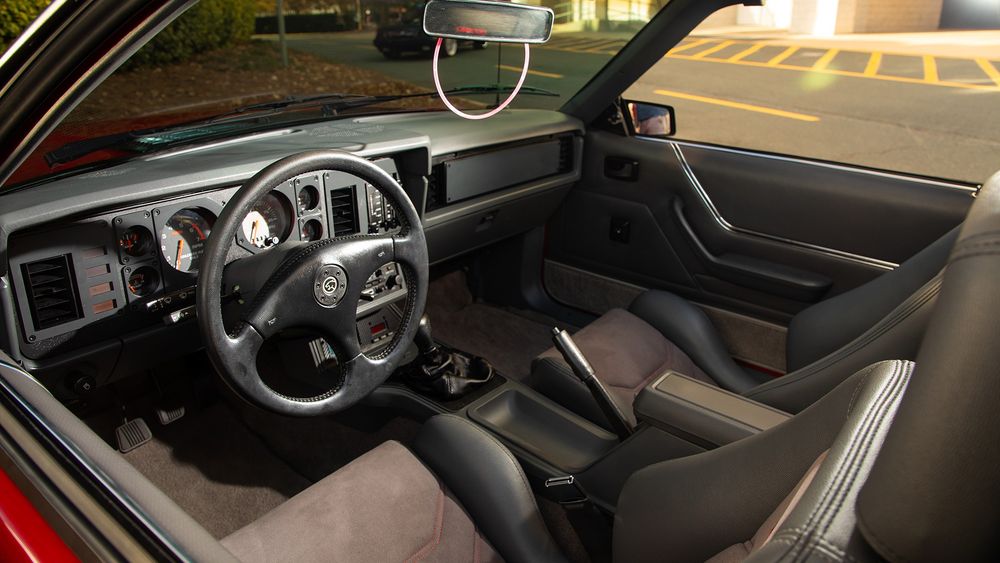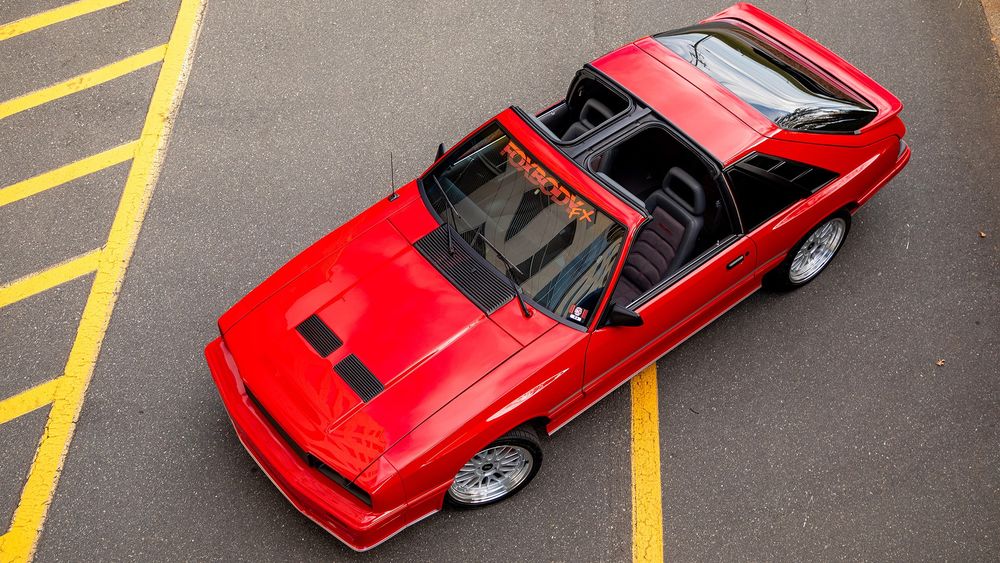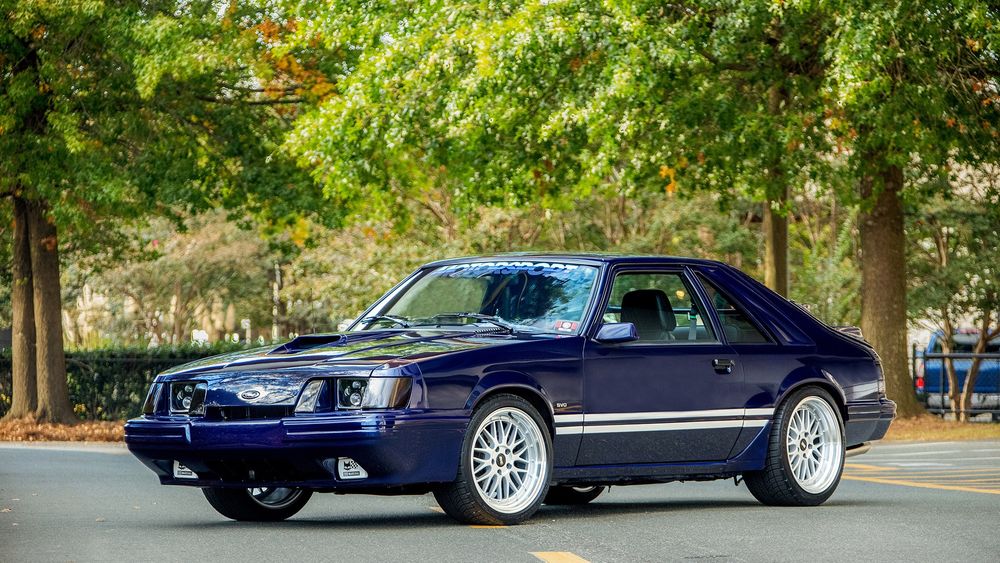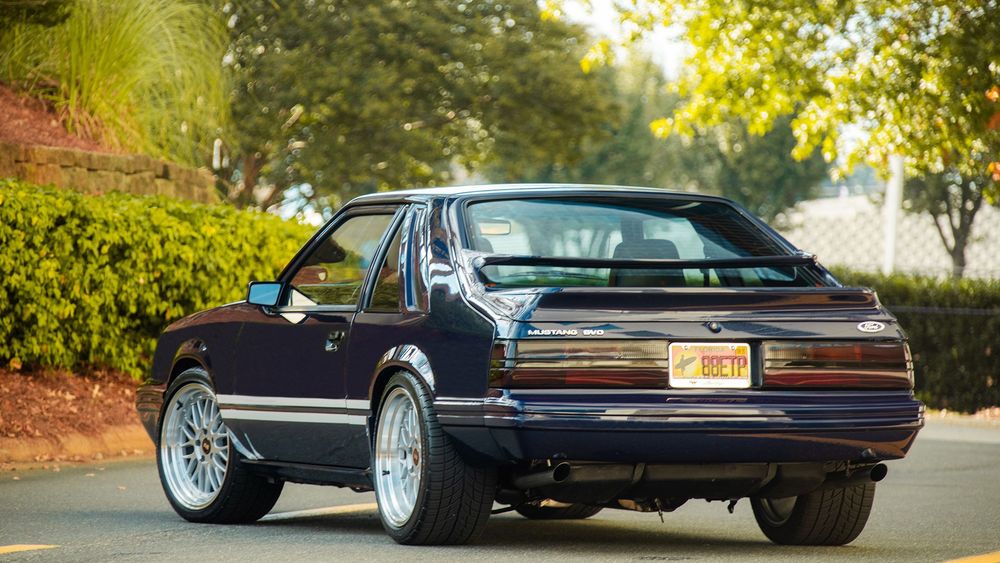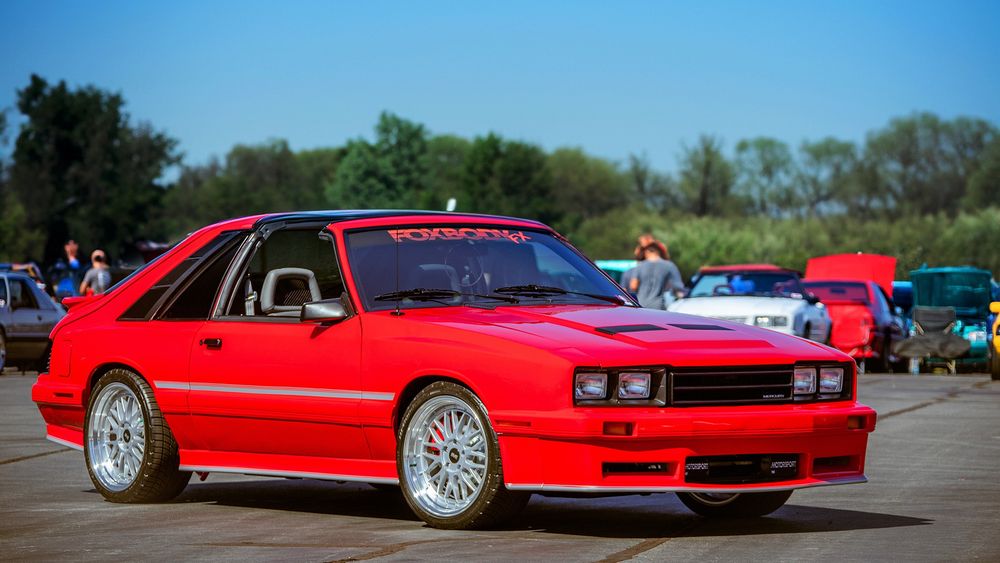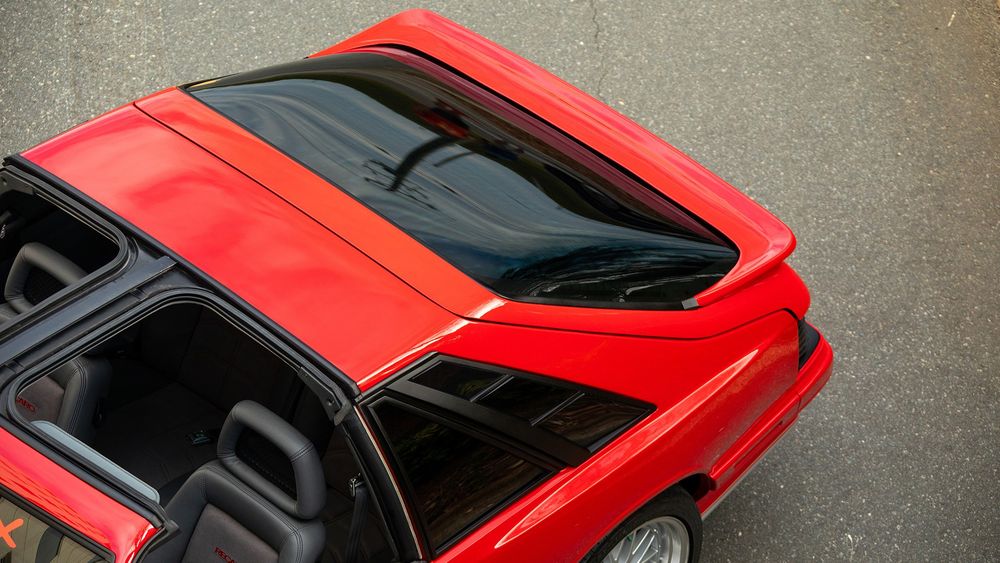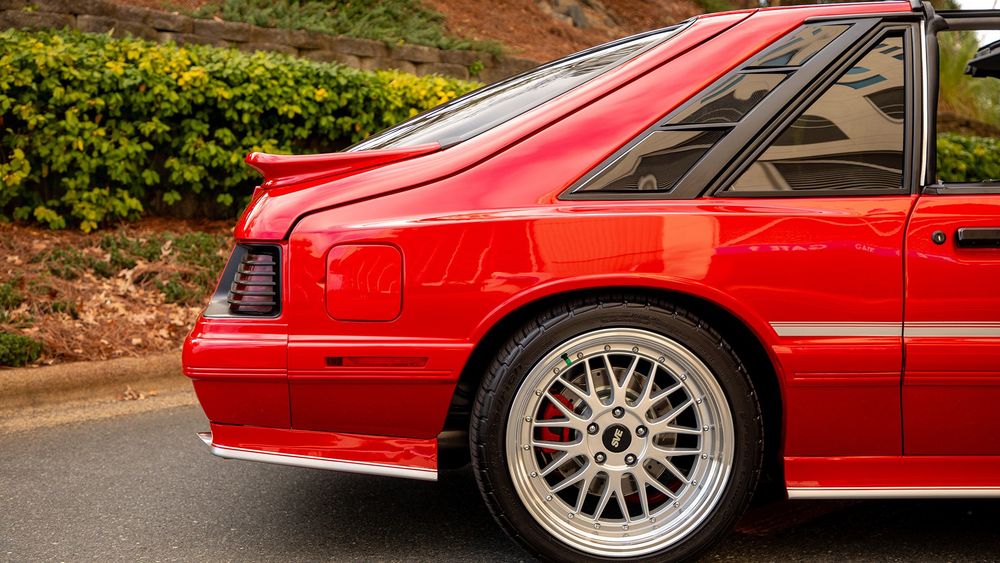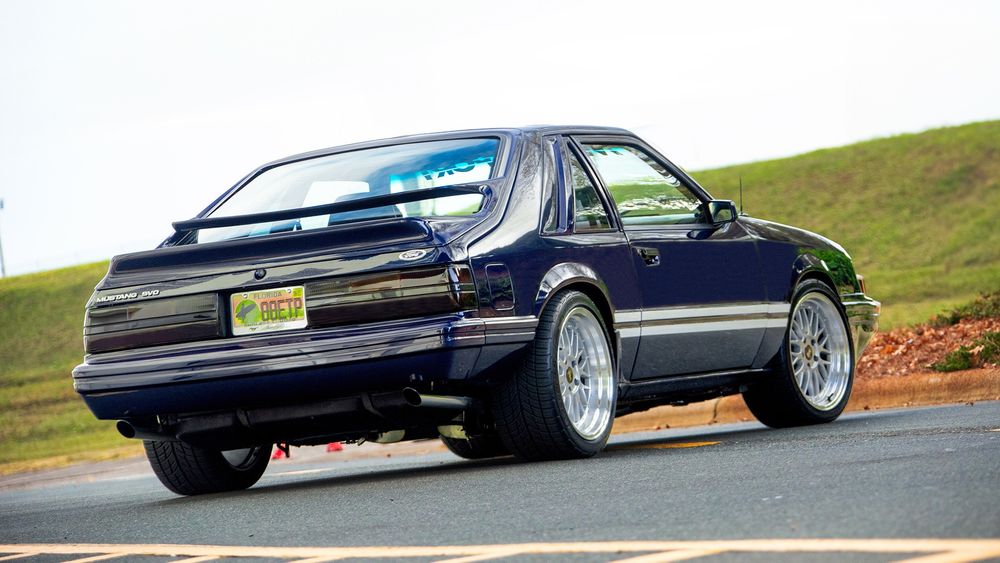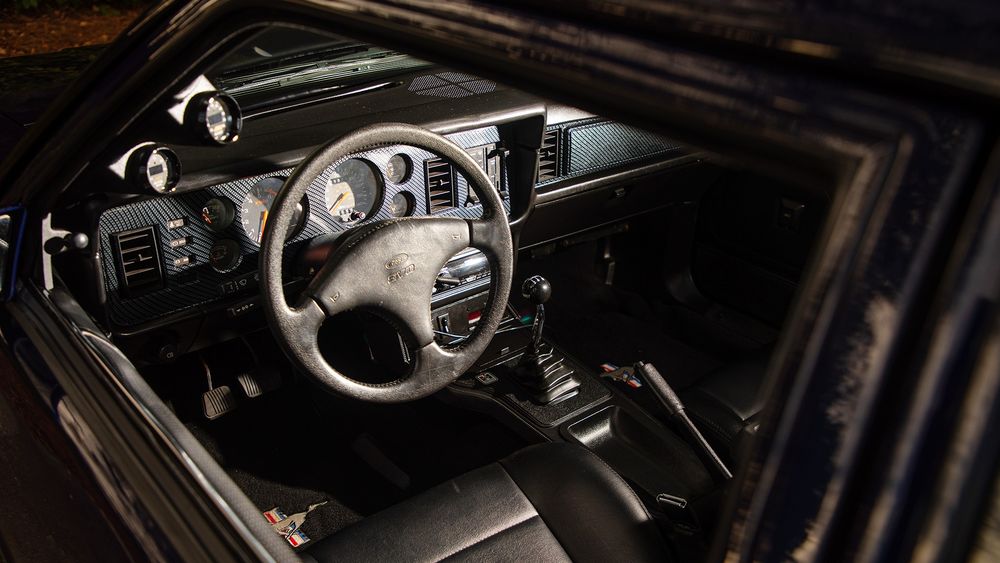Check Out This Dynamic Duo of Fox Body Fords—OK, One Is a Mercury!
Ford Motor Company made special performance versions of the Fox-platform Mustang and Capri. Here are two enthusiasts’ versions of those cars.
On a basic level, cars are a complicated mess of materials, but in our souls, they’re much more. For Paul VanHalst, it’s a snapshot of his neighbor’s Mercury Capri parked between his childhood home and the school-bus stop that left an indelible impression. “Walking back from school, I’d sit in their driveway and just think, ‘Man, I love that car,’” VanHalst said. “It only took me 30 years to buy one.”
AI Quick Summary
The article highlights Ford enthusiasts Paul VanHalst and Josh Sashko, who customized a Mercury Capri and an SVO Mustang, respectively. The cars are based on the Fox platform. It also discusses the history of ASC McLaren and Ford's Special Vehicle Operations (SVO).
This summary was generated by AI using content from this MotorTrend article
Read Next
0:00 / 0:00
VanHalst later met fellow enthusiast Josh Sashko, and the two became Fox-body friends, owning a horde of them together in their shared garage. Sashko did the heavy lifting on both cars, although he technically owns the SVO and VanHalst the Capri. By day, Sashko is an engineer for an aviation firm, while VanHalst owns VanHalst Salon in Tampa, Florida, so it kind of makes sense who handled which parts of the builds.
Mercury Capri
The Mercury was built with the typical financial constraints of a home build—slowly. And before you ask, no, this ’86 Mercury Capri is not an ASC McLaren.
“I had a vision, and I knew what I wanted,” says VanHalst, who explained the intention wasn’t to build a clone, but instead an amalgamation of parts. Luckily for VanHalst, his neighbor is Henry Huisman of Paradise Automotive (ASCmclaren.com), who took over the ASC McLaren name and remaining parts when the company sold out. He’s an ASC McLaren Mustang guru and was happy to help with advice and parts.
The Capri’s rear bubble glass is offset by the stylish McLaren spoiler. “It’s the right amount of ugly,” VanHalst said about the back glass. The black trim around the quarter glass is McLaren, but the piece that covers the entire quarter glass is purposely missing. The skirts below the rear bumper and doors are McLaren, as well.
The original 302 remains under the hood, but it received an overhaul with used AFR heads and 0.030-inch overbore. Behind the engine is a fresh Tremec T5 five-speed with a Spec Stage 3 clutch. Out back is the Ford 8.8 axle with Traction-Lok and fresh 3:55 gears. EFI comes by way of the factory ECU with an SCT chip that was tuned by Power Curve of Mooresville, North Carolina. The car made just shy of 300 hp at the wheels, and that was before they installed the new heads. The Mercury rides on SVE Series 1 wheels measuring 18 x 9 all around, with SV caster/camber plates and SM spindle conversion, which aid in improving handling and switch to five-lug hubs. The brakes are from an ’03/’04 Cobra.
This car had been painted multiple times, so they began the project by stripping it to bare metal and building it back with Victory Red. “Once we had it red, it was too much red,” VanHalst said. “So we added the simple McLaren gray strip, but only between the wheels, not all around the car as it was originally installed. I thought that I tweaked enough and changed enough that I wanted to keep the original engine. If I had an extra $30,000, would I put a Coyote in it? Yeah, maybe, but I still just love popping the hood and seeing that Five Liter.”
SVO Mustang
Fellow Fox Body enthusiast Josh Sashko got his early start helping his father build a ’69 GTO drag car, so he was hooked at an early age. He bought this 1985 SVO Mustang in 2016; it was being sold as a parts car that luckily still had most of its parts. A Florida car, it had no rust or rot, but it did have plenty of bumps and bruises. After a few months in the body shop, he opted for a Dodge True Blue Pearl Metallic that shifts to a slight purple hue in the sunlight.
The Lima 2.3L four-cylinder engine now makes around double its original output—an estimated 300 hp to the wheels. It was bored 0.030-over and built with forged pistons, but the internals are otherwise stock. The turbo was rebuilt by Ever Green Turbo and features a billet turbine. The top-mounted intercooler was replaced with a Gnari front-mount, and the heads are from Boport Racing Heads Stage III, which also supplied the cam. A Mega Squirt ECU, Spec Stage III clutch, and stock T5 round out the drivetrain. They recently swapped to an 8.8 rear axle from a donor Ford, with 3:73 gears and a locker inside. The original SVOs feature a wider track width than the GT, but Sashko opted for a skinner rear axle for better wheel/tire combinations.
It gets decent gas mileage, but that’s hard to say exactly how much. “It’s probably mid-20s, but when I’m driving it, I’m usually beating on it, so I don’t track my mpg,” Sashko said. Is it fun to drive? “Yeah, when it’s not throwing a fit or breaking down on me,” he laughs. “I’ll keep it for a couple more years,” he said, noting that he always likes to have new projects to work on.
What’s an ASC McLaren?
American Sunroof Company (ASC) was on its climb in OEM-involvement with coach builds in the early ’80s. McLaren Engines, an American arm of McLaren Automotive, was simultaneously on its own trajectory, shifting from racing successes to behind-the-scenes OEM support. The intersection of these two companies created a special page in Mustang history.
Bruce McLaren created McLaren Engines to support the Can-Am and Indy racing series. He wanted to win at the Indy 500, and they did so twice—in 1974 and 1976. Coming off that success, McLaren began to drift towards OEM support.
ASC was a coachbuilder that manufactured sunroof parts and converted hardtop models into convertibles when the factory didn’t. It enjoyed a close relationship with Ford from 1968 until it went out of business in 2017. In addition to dealer-installed appearance packages, ASC McLarens were significantly more modified than the dealer package cars. These custom-built models offered unique body panels, special paint offerings, more aerodynamics, and luxurious interiors. The stylish modifications were significant, but the McLaren partnering was likely more for the branding than performance upgrades, as models offered bigger exhaust and better tuning but retained the original 5.0L engines. Many of ASC’s assets were sold off around 2017, and Henry Huisman of Paradise Automotive (ASCmclaren.com) picked up most of the inventory.
In 1984, McLaren began working on a special project with Ford, which was known internally as the Ford McLaren M81 Mustang. The Mustang M81 was intended for IMSA racing and features a special version of the 2.3L four-cylinder engine built by McLaren Engines. Plans changed, and only 10 M81s were built around 1979. They’re considered the rarest Mustangs ever made. The team that helped build the M81 later became known as Ford’s Special Vehicle Operations. (SVO).
Special Vehicle Operations
In 1982, Ford collected 33 of the engineers involved with the M81 project and asked them to build a Mustang to rival BMW’s performance and outsell the Toyota Supra. The 1984 SVO Mustang was the team’s first official product. It drew lots of attention, thanks to unique styling and the fact that the diminutive engine made nearly as much power as the V-8 engine at the time. When tested by MotorTrend, the 2.3L SVO Mustang ran quarter-mile times of 16.08 seconds, compared to the 5.0L’s 16.06-second elapsed time. In a bold proclamation, Michael Kranefuss, SVO president at the time, said the V-8 engine would be history by the late ’80s.
In the October 1983 issue, MotorTrend said, “There’s no doubting the SOV is the best-driving street Mustang the factory has ever produced. It’s a widely talented GT car that does not take the blunderbuss approach to getting its performance point across. There are details that betray the constraints placed upon the project, but overall, the Mustang SVO is bold in concept and intelligent in execution. That it exists at all, and that Ford has credited a department like Special Vehicle Operations, is reason enough to be pleased.”
